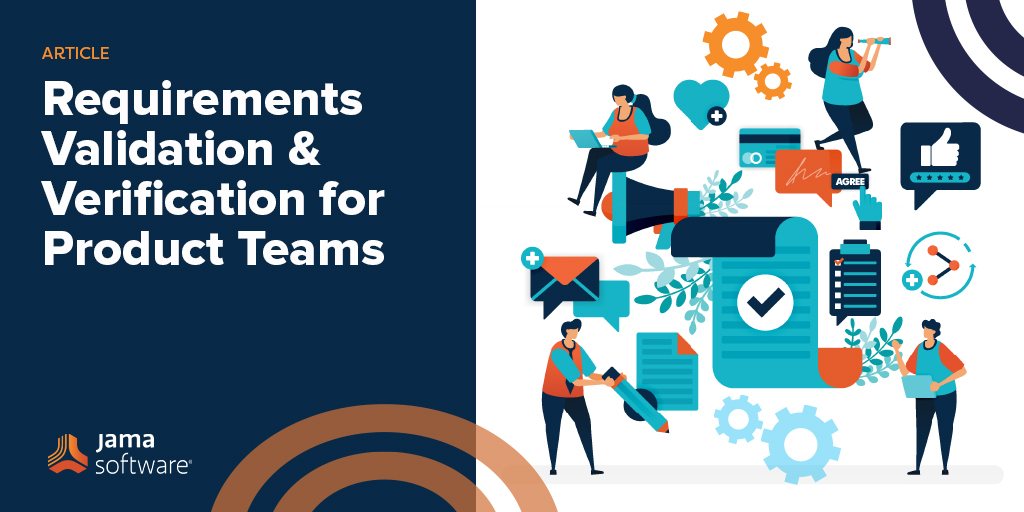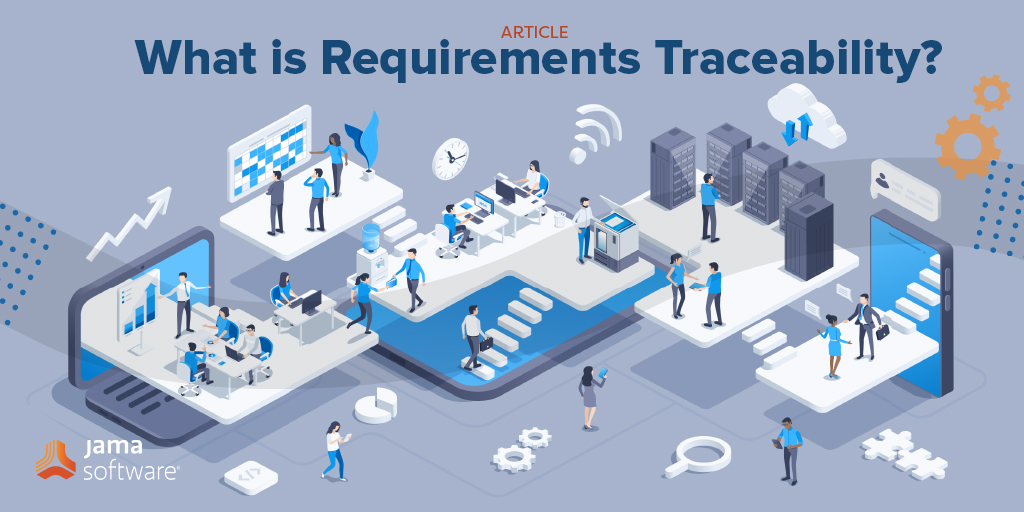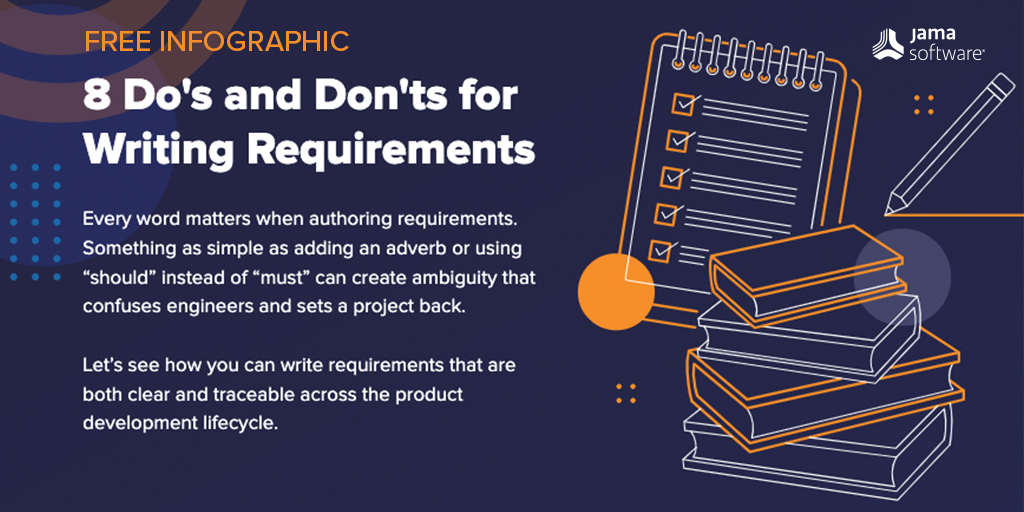
如果你听说过“验证”和“验证”这两个词可以互换使用,那么你并不孤单。然而,这会在测试过程中造成混乱,如果你在高度监管的行业中生产产品,那么产品的性能如预期并避免昂贵的错误至关重要。
不明确和不完整的需求可能会让软件开发人员感到沮丧,如果开发人员不能提前获得所需的信息,他们必须做出解释,但这并不总是正确的。其结果是,在产品开发周期中,出现错误的风险更高,并且需要花费额外的资源来解决问题。
了解验证和验证之间的区别,以及如何在产品开发过程中使用验证和验证,有助于降低成本、提高效率,并提供更符合用户需求的产品。
理解验证与确认 – Understanding Verification & Validation
在深入研究最佳做法之前,必须澄清验证和确认之间的区别。验证的重点是评估产品是否符合其设计规范,确保每个组件和功能按预期工作。另一方面,验证涉及评估产品是否满足其预期用途和客户需求。从本质上讲,验证可以确认产品设计是否正确,而验证则可以确认产品是否适合预期应用。
Before delving into the best practices, it is essential to clarify the distinction between verification and validation. Verification focuses on assessing whether a product meets its design specifications, ensuring that each component and feature works as intended. On the other hand, validation is concerned with evaluating whether the product fulfills its intended use and customer needs. In essence, verification confirms if the product is designed correctly, while validation confirms if it is the right product for the intended application.
RELATED: Five Key Design Control Practices that Improve Compliance and Help Develop Better Products
在开发生命周期的早期纳入V&V – Incorporating V&V Early in the Development Lifecycle
为了最大限度地提高验证和确认的有效性,这些过程必须从早期阶段就集成到产品开发生命周期中。通过尽早开始V&V活动,可以在潜在问题升级之前识别并解决这些问题,从而减少成本和上市时间。早期参与还可以将反馈纳入设计,从而获得更稳健、更可靠的最终产品。
To maximize the effectiveness of verification and validation, these processes must be integrated into the product development lifecycle from its early stages. By starting V&V activities early, potential issues can be identified and resolved before they escalate, reducing costs and time-to-market. Early involvement also allows for feedback to be incorporated into the design, leading to a more robust and reliable final product.

明确定义的需求 – Clearly Defined Requirements
明确的需求是成功验证和确认的基础。在需求收集阶段,让利益相关者和主题专家参与进来以创建清晰、可衡量和明确的规范是至关重要的。这些要求是对产品进行验证和验证的基准。适当的文档和版本控制对于确保有效地跟踪需求的更改至关重要。此外,在开发过程的后期,需求被更改的次数越多,很多次是因为它们第一次写得不好,由于验证和验证中的返工等下游影响,成本就越高。
Well-defined requirements are the foundation of successful verification and validation. During the requirements gathering phase, it is vital to engage stakeholders and subject matter experts to create clear, measurable, and unambiguous specifications. These requirements serve as the baseline against which the product will be verified and validated. Proper documentation and version control are critical to ensure that changes to requirements are tracked effectively. Additionally, the later in the development process that requirements get changed, many times because they weren’t written well the first time, the more costly it is due to downstream impacts such as rework in verification and validation.
相关:Plutora:验证与验证:你知道区别吗?
RELATED: Plutora: Verification vs Validation: Do You know the Difference?
利用各种V&V技术 – Utilizing Various V&V Techniques
产品开发团队应采用V&V技术的组合来全面评估产品的质量。一些常用的方法包括:
Product development teams should employ a mix of V&V techniques to comprehensively assess the product’s quality. Some commonly used methods include:
测试:进行彻底的测试,包括单元测试、集成测试、系统测试和用户验收测试,以验证每个组件和产品作为一个整体是否按预期运行。
模拟:使用计算机模拟来评估产品在各种场景中的行为,特别是对于复杂的系统,或者当物理测试不切实际或成本过高时。
原型:在开发过程的早期构建原型可以进行真实世界的测试,发现潜在的设计缺陷和可用性问题。
同行评审:鼓励定期对设计文档、代码和其他工件进行同行评审,以发现错误并提高产品的整体质量。
基于模型设计:利用基于模型的设计方法,如模型驱动架构(MDA),创建可以在实现前验证的详细模型。
- Testing: Conduct thorough testing, including unit testing, integration testing, system testing, and user acceptance testing, to verify that each component and the product as a whole performs as expected.
- Simulation: Use computer simulations to evaluate the product’s behavior in various scenarios, particularly for complex systems or when physical testing is impractical or cost prohibitive.
- Prototyping: Building prototypes early in the development process allows for real-world testing, uncovering potential design flaws and usability issues.
- Peer Reviews: Encourage regular peer reviews of design documents, code, and other artifacts to catch errors and improve the overall quality of the product.
- Model-based Design: Utilize model-based design approaches, such as Model-Driven Architecture (MDA), to create detailed models that can be verified before implementation.
基于风险的方法 – Risk-Based Approach
将基于风险的方法纳入V&V活动,将资源集中在关键领域。识别与产品故障相关的潜在风险,并相应地优先考虑验证和确认工作。这种方法确保资源得到有效分配,集中在对产品性能和安全影响最大的领域。
Incorporate a risk-based approach into V&V activities to focus resources on critical areas. Identify potential risks associated with product failure and prioritize verification and validation efforts accordingly. This approach ensures that resources are allocated efficiently, concentrating on areas with the most significant impact on product performance and safety.
独立验证和确认(IV&V) – Independent Verification and Validation (IV&V)
考虑聘请外部专家或团队进行独立验证。外部各方可以对产品进行公正的评估,发现内部团队可能因熟悉或假设而忽视的问题。独立的验证和确认带来了额外的专业知识,并确保对产品质量有更高的信心。
Consider engaging external experts or teams for independent verification and validation. External parties can provide an unbiased assessment of the product, uncovering issues that internal teams might overlook due to familiarity or assumptions. Independent verification and validation bring additional expertise and ensure a higher level of confidence in the product’s quality.
相关:如何实现更高级别的能力成熟度模型集成(CMMI)
RELATED: How to Achieve Higher Levels of the Capability Maturity Model Integration (CMMI)
持续集成和持续交付(CI/CD) – Continuous Integration and Continuous Delivery (CI/CD)
实施CI/CD实践允许在整个开发过程中进行持续的验证和确认。自动化测试和部署管道可以快速检测回归和集成问题,确保产品在整个发展过程中保持稳定和可靠。
Implementing CI/CD practices allows for continuous verification and validation throughout the development process. Automated testing and deployment pipelines can quickly detect regressions and integration issues, ensuring that the product remains stable and reliable throughout its evolution.
记录V&V活动 – Documenting V&V Activities
所有验证和确认活动的全面文档对于合规性、知识保留和持续改进至关重要。适当记录的V&V过程有助于维护更改、故障和解决方案的历史记录,促进未来的产品迭代和故障排除。
Comprehensive documentation of all verification and validation activities is essential for compliance, knowledge retention, and continuous improvement. Properly documented V&V processes help maintain a historical record of changes, failures, and resolutions, facilitating future product iterations and troubleshooting.
V&V是成功的产品开发不可或缺的一部分,确保产品符合要求的规范并按预期运行。通过采用最佳实践,如早期集成、明确的要求、v&v技术的组合、基于风险的方法和持续验证,公司可以创造出客户喜爱的高质量、可靠的产品,并在市场上获得竞争优势。此外,从开发之初就投资于验证和验证可以节省时间和资源,防止代价高昂的延迟,并从长远来看提高客户满意度和忠诚度。
V & V are integral to successful product development, ensuring that products meet the required specifications and perform as intended. By adopting best practices such as early integration, clear requirements, a mix of v&v techniques, risk-based approaches, and continuous verification, companies can create high-quality, reliable products that customers love and gain a competitive edge in the market. Moreover, investing in verification and validation from the outset of development can save time and resources, prevent costly delays, and lead to higher customer satisfaction and loyalty in the long run.




0 Comments